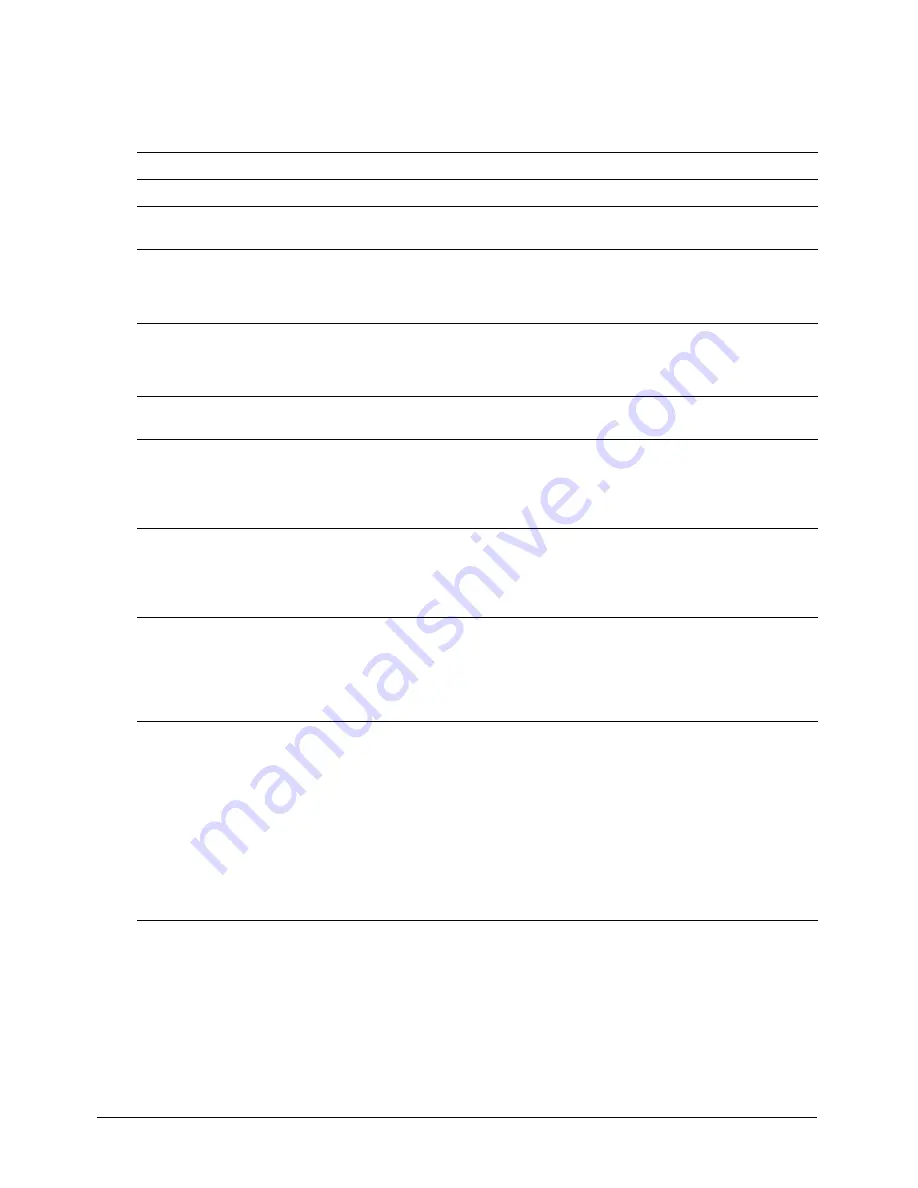
Chapter 19
488
Properties of the standard shader
The standard shader makes the surface of a model appear in a photorealistic style. Use these
properties to work with the standard shader:
Property Name
Access
Description
Default
name
Get
The string name of this shader.
None
ambient
Get and set
A Lingo color object describing the surface's
reaction to ambient light.
rgb(63,63,
63)
diffuse
Get and set
A Lingo color object describing the surface's
reaction to diffuse light. Ambient and diffuse
color objects together describe a model
resource’s base color.
rgb(255,
255,255)
specular
Get and set
A Lingo color object describing the surface's
specular highlight color. This setting has an
effect only if there are lights in the scene
whose specular property is
TRUE (1)
.
rgb(255,
255,255)
shininess
Get and set
An integer between
0
and
100
indicating how
shiny a surface is.
30.0
emissive
Get and set
A Lingo color object describing the color of
light this object seems to give off. This does
not turn the surface using this shader into a
light source; it just gives it the appearance of
being one.
rgb(0,0,0)
blend
Get and set
An integer between
0
and
100
indicating how
transparent
(0)
or opaque
(100)
this
surfaces is. Unlike with a texture that includes
alpha information, this setting affects the
entire surface uniformly.
100
transparent
Get and set
This property controls whether or not the
model is blended using alpha values or
rendered as opaque. The default is
TRUE
(1)
(alpha blended). The functionality of
shader.blend
is dependent on
shader.transparent
.
TRUE (1)
renderStyle
Get and set
This property can take the following values:
#fill
#wire
#point
When
shader.renderStyle = #fill
,
the polygons of the mesh are filled.
When
shader.renderStyle = #wire
,
the polygon edges of the mesh are rendered.
When
shader.renderStyle =
#point
, the vertices of the mesh are
rendered, provided that
#Fill
is supported
by the
#software
renderer.
#fill
flat
Get and set
When
shader.flat = TRUE (1)
, the
mesh should be rendered with flat shading
instead of Gouraud shading, which shades
each polygon separately. Flat shading shades
the mesh as a whole.
FALSE (0)
Содержание Director MX
Страница 1: ...Using Director MX Macromedia Director MX ...
Страница 12: ...Contents 12 ...
Страница 156: ...Chapter 4 156 ...
Страница 202: ...Chapter 6 202 ...
Страница 244: ...Chapter 7 244 ...
Страница 292: ...Chapter 10 292 ...
Страница 330: ...Chapter 12 330 ...
Страница 356: ...Chapter 13 356 ...
Страница 372: ...Chapter 14 372 ...
Страница 442: ...Chapter 16 442 ...
Страница 472: ...Chapter 18 472 ...
Страница 520: ...Chapter 19 520 ...
Страница 536: ...Chapter 20 536 ...
Страница 562: ...Chapter 23 562 ...
Страница 566: ...Chapter 24 566 ...
Страница 602: ...Chapter 27 602 ...






























